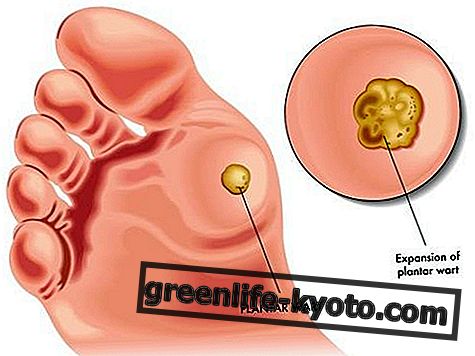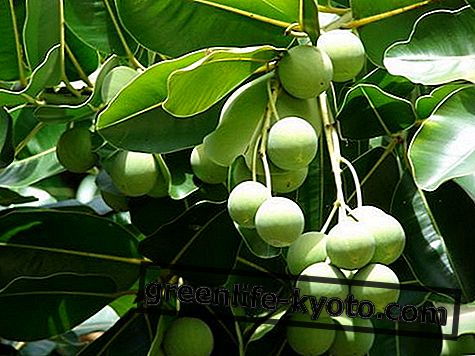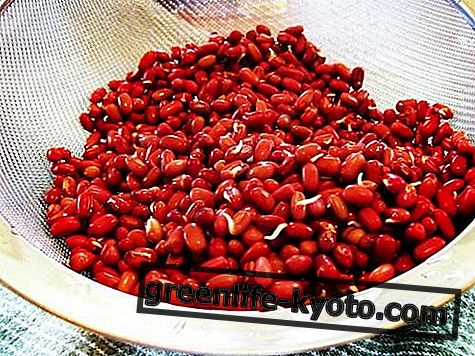
Chia seeds are obtained from a plant called Salvia Hispanica. This is particularly widespread in the central areas and south of America, but poorly known in our country and in the rest of Europe.
These seeds have very important nutritional properties for our body . Specifically, we find a high quantity of calcium and the balanced presence of omega 3 and omega 6, essential fatty acids.
Chia grows spontaneously in Bolivia and Mexico and its harvest mainly affects fair trade. The seeds were allowed for EU trade in October 2009 as a food ingredient.
In ancient times the properties of these seeds were known by the pre-Columbian civilizations of Central and Southern America . Together with corn, beans and amaranth they were the basis of the nutrition of people like the Aztecs.
Through the conquistadors the introduction of this food took place in Europe . But although the plant could grow spontaneously under the Spanish sun, it was soon forgotten, giving way to other foods.
Use of seeds
Chia seeds are very crunchy and small and have a neutral but palatable taste.
They can be consumed together with muesli for example or with other cereals to be savored in the morning. They are ideal for starving and mid-day snacks .
Unlike linen seeds, these do not become rancid for this reason they can be kept for a long time in your pantries as long as they are sealed in an airtight jar.
They can also be eaten raw as a food supplement, to be taken during the day in a dose of one or two tablespoons. They are ideal as a condiment for many dishes including the classic salad, pasta, risottos, barley soups or legumes and other cereals to your liking.
For those who like it they are great to add to fresh fruit or vegetable smoothies, or as a decorative but nutritious food at the same time.
They are excellent on croutons or on sandwiches along with olive paté or high sauces made with fresh vegetables such as tomatoes, peppers and carrots.
Their combination with sweet dishes is also excellent: for example, chia seeds can be added as a garnish for cakes, dry biscuits, muffins and plum-cakes or in fruit salads.
Who habitually consumes cooked fruit like apples and pears, can add them to give them more nourishment, or to the soups or minestrone and velvety when cooked.
There is a use of this food that is considered ideal for cleaning the intestine and favoring its optimal functioning.
Soak the seeds with water at room temperature to allow the seeds to swell. This method gives off a gel that can be taken in the morning on an empty stomach .
Through this mechanism the gel obtained can be used as a substitute for eggs in the preparation of cakes, biscuits and other pastry dishes.
Abroad the seeds are used for the preparation of chocolates, infusions, sweeteners such as stevia, or for the preparation of homemade wholemeal bread.
If you want to buy chia seeds, just ask in the herbalist's shops or at the fair trade sales points or in the organic food stores.
How many chia seeds can be consumed daily
According to various online researches the leading site in the food and health sector Inran.it suggests a daily dose of up to 10 grams of chia seeds, or about a spoon. If you want to increase their benefits the dosage can reach 25 grams a day.
However, it is very important not to exceed with the quantities, because an unwanted and sudden laxative effect may occur.
They are very beneficial for our body, they help promote intestinal transit and the elimination of toxins.
In the presence of gastrointestinal tract disorders, it is important to seek advice from your doctor before consuming this food.
Read also
> Chia seeds, recipes for breakfast and more
> Chia seeds and constipation













